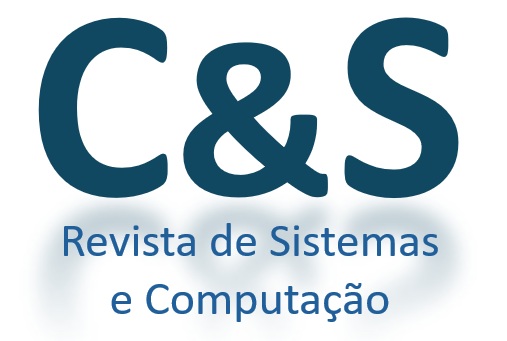Detecção de Amastigotas de Leishmaniose Visceral em Imagens Microscópicas utilizando Redes Neurais Convolucionais
Conteúdo do artigo principal
Resumo
Visceral Leishmaniasis (VL) is a neglected tropical disease that affects humans and animals, with dogs as the main urban reservoirs. Parasitological diagnosis, although considered the gold standard, is manual, time-consuming and subject to variability among specialists. This work proposes a system for automatic detection of Leishmania amastigotes in microscopic images, unifying approaches for Human VL and Canine VL. The methodology uses the VGG16 convolutional architecture, applied with transfer learning and fine-tuning techniques, adapted to two scenarios: classification of macrophages in canine images and identification of infected cells in human images, with and without segmentation. Validation was conducted through metrics such as accuracy, Area Under the Receiver Operating Characteristic Curve, precision and recall. The best results were obtained with fine-tuning without segmentation for Human VL, reaching 95.28% of accuracy and 95.33% of F1-score. In contrast, for Canine VL, 79.65% of accuracy and 87.72% of Area Under the Receiver Operating Characteristic Curve. The results indicate that the proposed solution has the potential to support the automated diagnosis of leishmaniasis, promoting agility and standardization in the analysis of microscopic slides.
A Leishmaniose Visceral (LV) e uma doença tropical negligenciada que afeta humanos e animais, tendo os ca es como principais reservato rios urbanos. O diagno stico parasitolo gico, embora considerado padra o-ouro, e manual, demorado e sujeito a variabilidade entre especialistas. Este trabalho propo e um sistema de detecça o automa tica de amastigotas da Leishmania em imagens microsco picas, unificando abordagens para LV Humana e LV Canina. A metodologia utiliza a arquitetura convolucional VGG16, aplicada com te cnicas de transfer learning e fine-tuning, adaptadas a dois cena rios: classificaça o de macro fagos em imagens caninas e identificaça o de ce lulas infectadas em imagens humanas, com e sem segmentaça o. A validaça o foi conduzida atrave s de me tricas como accuracy, Area Under the Receiver Operating Characteristic Curve, precision e recall. Os melhores resultados foram obtidos com fine-tuning sem segmentaça o para LV Humana, alcançando 95,28% de accuracy e 95,33% de F1-score, enquanto para LV Canina obteve-se 79,65% de accuracy e 87,72% de Area Under the Receiver Operating Characteristic Curve. Os resultados indicam que a soluça o proposta tem potencial para apoiar o diagno stico automatizado da leishmaniose, promovendo agilidade e padronizaça o na ana lise de la minas microsco picas.
